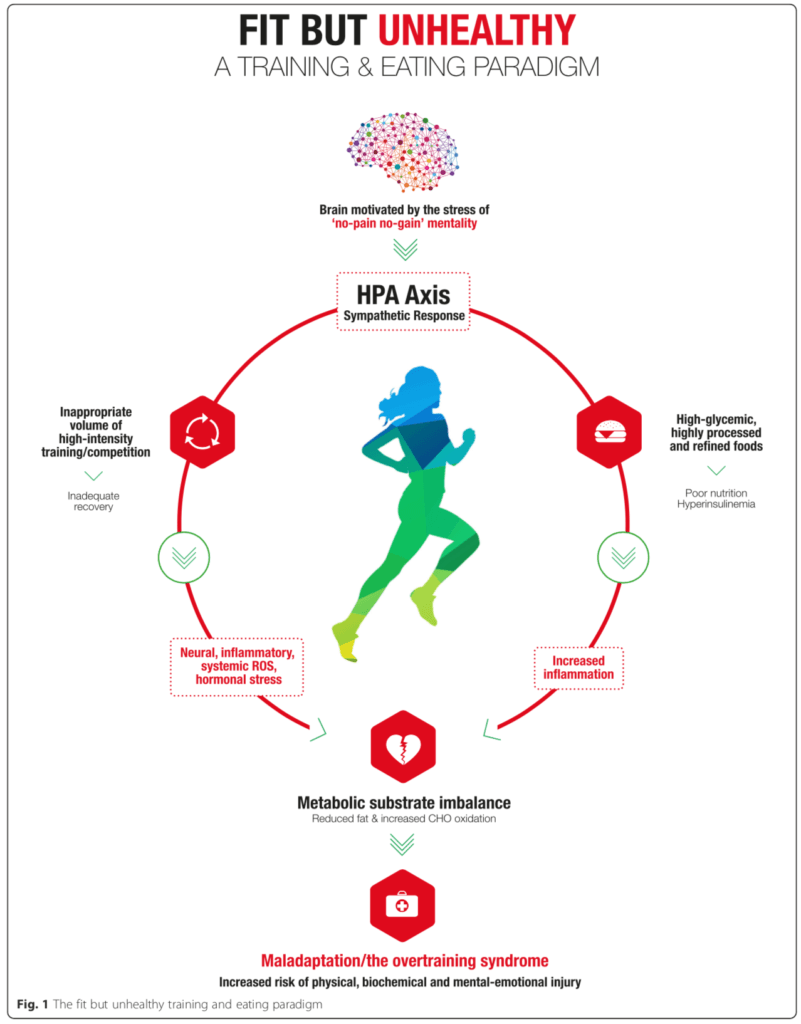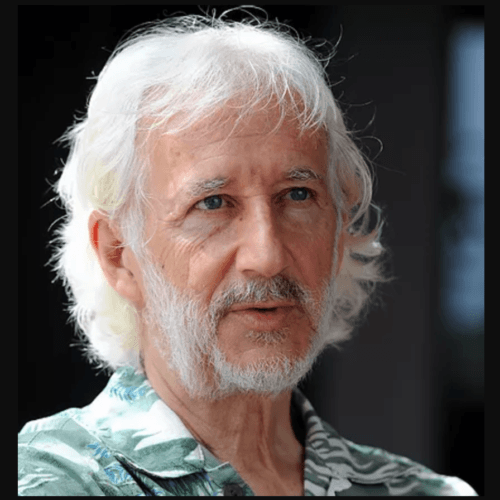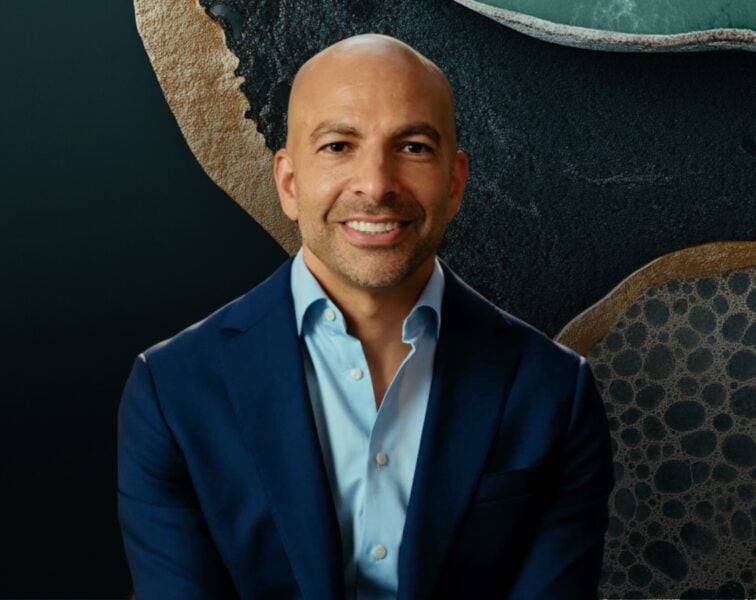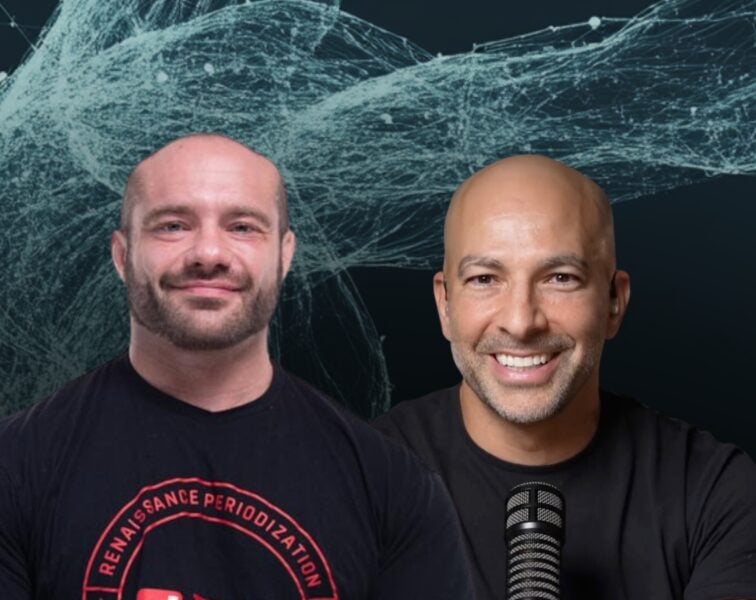Phil Maffetone is an author, health practitioner, and coach with decades of experience helping everyone from amateurs to world-class athletes optimize their health and performance. In this episode, Phil explains the importance of developing the aerobic system, defines maximum aerobic function (MAF), and explains how to determine your MAF heart rate. He then demonstrates how to integrate that into a training protocol which is designed to help people move faster at a sub maximum heart rate and increase fat utilization as the primary source of fuel—emphasizing the importance of nutrition on one’s capacity to oxidize fat. Phil also extracts training insights from the amazing feats of world-class marathoners, explores the impact of a low-carb diet on one’s capacity for high intensity exercise and anaerobic performance, and explains the downstream effects of being “overfat.”
Subscribe on: APPLE PODCASTS | RSS | GOOGLE | OVERCAST | STITCHER
We discuss:
- Phil’s background in running, and training insights from a six-day race (2:30);
- The difference between being “fit” and being “healthy” (11:00);
- Defining the aerobic and anaerobic systems, and why VO2 max doesn’t predict performance (18:15);
- Defining maximum aerobic function (MAF), determining your MAF heart rate with Phil’s 180 Formula, and why a strong aerobic system is crucial to health and performance (24:00);
- Using the MAF test to track and improve your aerobic fitness (37:30);
- How increasing your sub-max pace at a given heart rate can increase your maximum pace (40:00);
- The impact of nutrition on one’s ability to use fat as fuel while exercising (43:00);
- Phil’s nutritional approach with patients, the concept of “carbohydrate intolerance” (51:45);
- Assessing the impact of a low-carb diet on high intensity exercise and anaerobic performance (58:00);
- Extracting insights from world-class marathoners (1:04:45);
- How being “overfat” affects health and performance, and ways to decrease excess body fat (1:13:30); and
- More.
Get Peter’s expertise in your inbox 100% free.
Sign up to receive An Introductory Guide to Longevity by Peter Attia, weekly longevity-focused articles, and new podcast announcements.
Phil’s background in running, and training insights from a six-day race [2:30]
Background in running
- Phil has been running since high school and college
- It started when he into a 5K, and it was a complete disaster
- But gradually, he progressed to the marathon
- Culminating in running a six day race
The six-day race
- The six day race is a race where you run around a track and the person who accumulates the most miles or kilometers is the winner
- You can start and stop any time
- Phil is fascinated by this style of race: “It’s really akin to having a mouse in a lab where you do something to this mouse, and then you put him back in the cage, and have him run on the wheel for awhile.”
- It was also a great opportunity to really hone my skills of observation in terms of gait
- Phil has wired with some ultra runners, like Stu Mittleman who he trained up for the six day race
- Talking to an athlete, you’re able to figure out when they’re ACTUALLY tired vs. when they say they are
What did Phil discover to be the optimal strategy?
- Start the race by walking (everybody else starts out running)
- Gradually pick up the pace, start jogging, until you hit your maximum aerobic heart rate
- About 2-3 hours into your first run, you start cooling down and take a half an hour break
- There’s no hard running at all during the race, no high heart rate, no high intensity training needed
- Sleep takes a back seat during the race — sometimes even taken very small naps as short as 7 minutes
- The crazy thing is when you interfere with your circadian rhythm you could literally hallucinate after day four
- It’s a bit like the RAAM, the Race Across America, in cycling (see Peter’s interview with Mike Trevino)
- The key to the six day race, says Phil, is to individualize the strategy based on the athlete while also making sure that not sacrificing the health of the person in pursuit of performance
- With Stu Middleman, Phil says that he accumulated about 100 miles per days without sacrificing his health — a win, win
The difference between being “fit” and being “healthy” [11:00]
Phil’s background in seeing professional athletes as patients
- In his undergraduate college days, his goal was to study sports but to eventually get out into the real world and help everyday people with their health (as opposed to athletes)
- When he started practicing medicine in the 1970s, there was a boom in running and he started seeing many amateur athletes (e.g., 10K runners, half marathon runners, etc.)
- A lot of them were getting injured, and Phil wanted to know why
- He gradually started seeing more advanced athletes through referrals to the point where many professionals runners were coming to him (including marathons, triathletes, Iron Man contenders)
- By the mid 1980s, Phil had seen professional athletes in all sports, and that was the majority of his patients (including Mark Allen and Paula Newby-Fraser)
When did Phil realize something was wrong with the way athletes were training/competing?
- Phil began seeing how someone could run a marathon at an incredible pace — and the thought was “wow, what an example of optimal health!”
- However, it wasn’t exactly the case — they were broken down, they were getting sick
- Back then, for example, “it was a badge of courage to have a high white blood count because you were a runner”
- Kenneth Cooper’s “aerobic revolution” was gaining mass adoption but something wasn’t working — “people were falling apart”
“I started putting all these things together, and it was pretty clear that something wasn’t right.” —Phil Maffetone
Being healthy vs. begin fit
⇒ See Phil’s 2016 paper: Athletes: Fit but Unhealthy?

Figure 1. Fit but unhealthy: A training and eating paradigm. [source]
{end of show notes preview}
Would you like access to extensive show notes and references for this podcast (and more)?
Check out this post to see an example of what the substantial show notes look like. Become a member today to get access.

Phil Maffetone
Phil Maffetone is a coach and health practitioner working in exercise, sports medicine, biofeedback, and nutrition. He’s an author of numerous books covering a number of aspects of exercise, sports medicine, biofeedback, nutrition. He has a bachelor’s degree in human biology and a doctorate in chiropractic, with certifications in physiotherapy, Chinese medicine, and kinesiology. Phil was a private sports practitioner and coach between 1977 and 1997, and now a consultant, writer, independent researcher, and lecturer.



